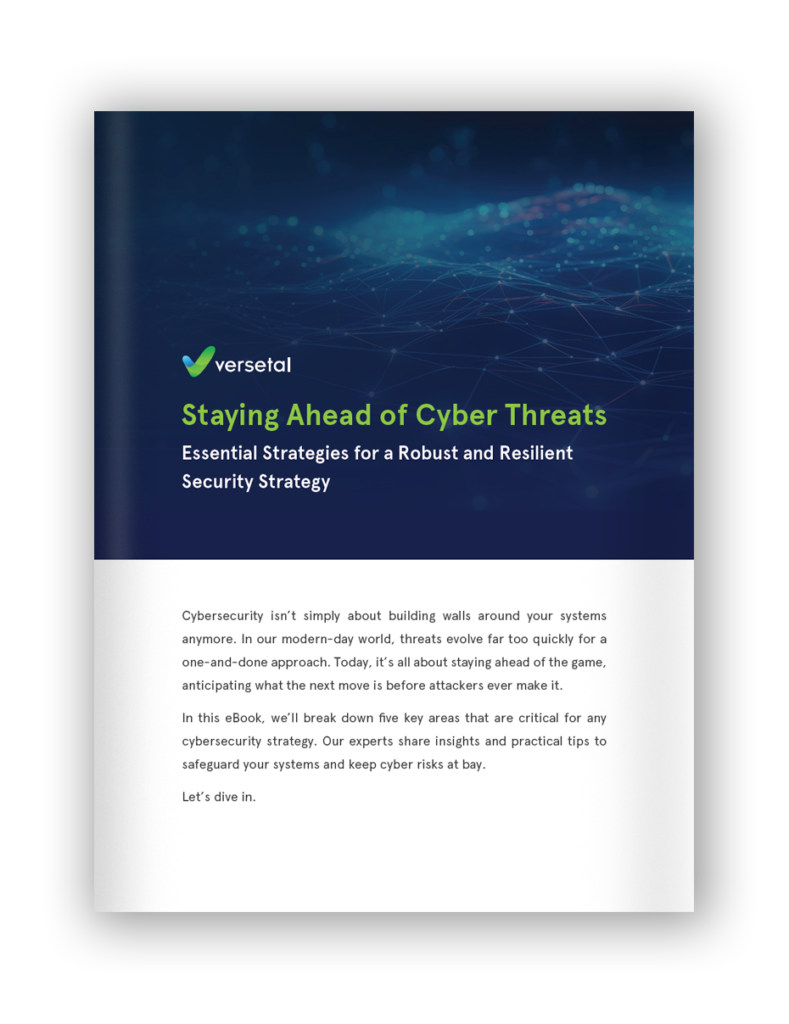Cloud security isn’t something you can tackle with a one-size-fits-all approach. Whether you’re running a hybrid environment or fully operating in the cloud, security must be an ongoing priority.
Protecting Your Data with Encryption
If you’re not encrypting your data, both in transit and at rest, you’re putting sensitive information at risk. Encryption ensures that even if attackers get access to your data, they can’t make sense of it without the proper decryption keys.
Identity and Access Management (IAM)
One of the most common cloud security gaps is improper management of who has access to what. As of 2023, IAM is the second most popular topic of discussion by security and risk management leaders who use Gartner. This underscores the critical need for developing a security program that includes effective IAM strategies. At a minimum, implement Role-Based Access Control (RBAC) and use Multi-Factor Authentication (MFA) to add an extra layer of protection.
Stay One Step Ahead with Continuous Monitoring
Cloud environments are fast-paced and dynamic, which means constant monitoring is essential. You need to be able to detect and respond to threats in real-time. Using tools like Security Information and Event Management (SIEM) systems can help you stay on top of things before they spiral out of control.
Don’t Overlook Your Hybrid Environment
A lot of businesses think because they’re still operating a mix of on-prem and cloud systems, they don’t need to worry as much about cloud security. Don’t make this mistake. Hybrid environments require a unified approach to security; don’t treat them as separate worlds. Secure APIs and encryption between systems are key to ensuring your cloud and on-prem systems work together without introducing vulnerabilities.
An Often-Forgotten Challenge: Configuration Management
Misconfigurations in cloud environments are one of the biggest and most easily avoidable security risks. It’s one of those things that can happen easily, especially in a fast-moving environment. Unfortunately, cybercriminals are counting on it. A simple misstep can leave your data exposed. That’s why it’s critical to regularly review and audit your configurations to ensure everything is set up correctly.
Continuous Threat Exposure Management
CTEM is an approach that recognizes your environment is not only changing daily, but also that the bad guys are exploiting vulnerabilities in every corner of your world now. It goes well beyond simply automating patching cycles on your servers. There is no place to hide any more. If it’s connected to your environment, it’s a threat. An effective CTEM program includes all the elements of a traditional Vulnerability Management program, expands the definition of what is “yours “and incorporates timely and sometimes immediate Vulnerability Remediation efforts. Gartner predicts that by 2026, organizations running an effective CTEM program will have reduced breaches by two-thirds.



